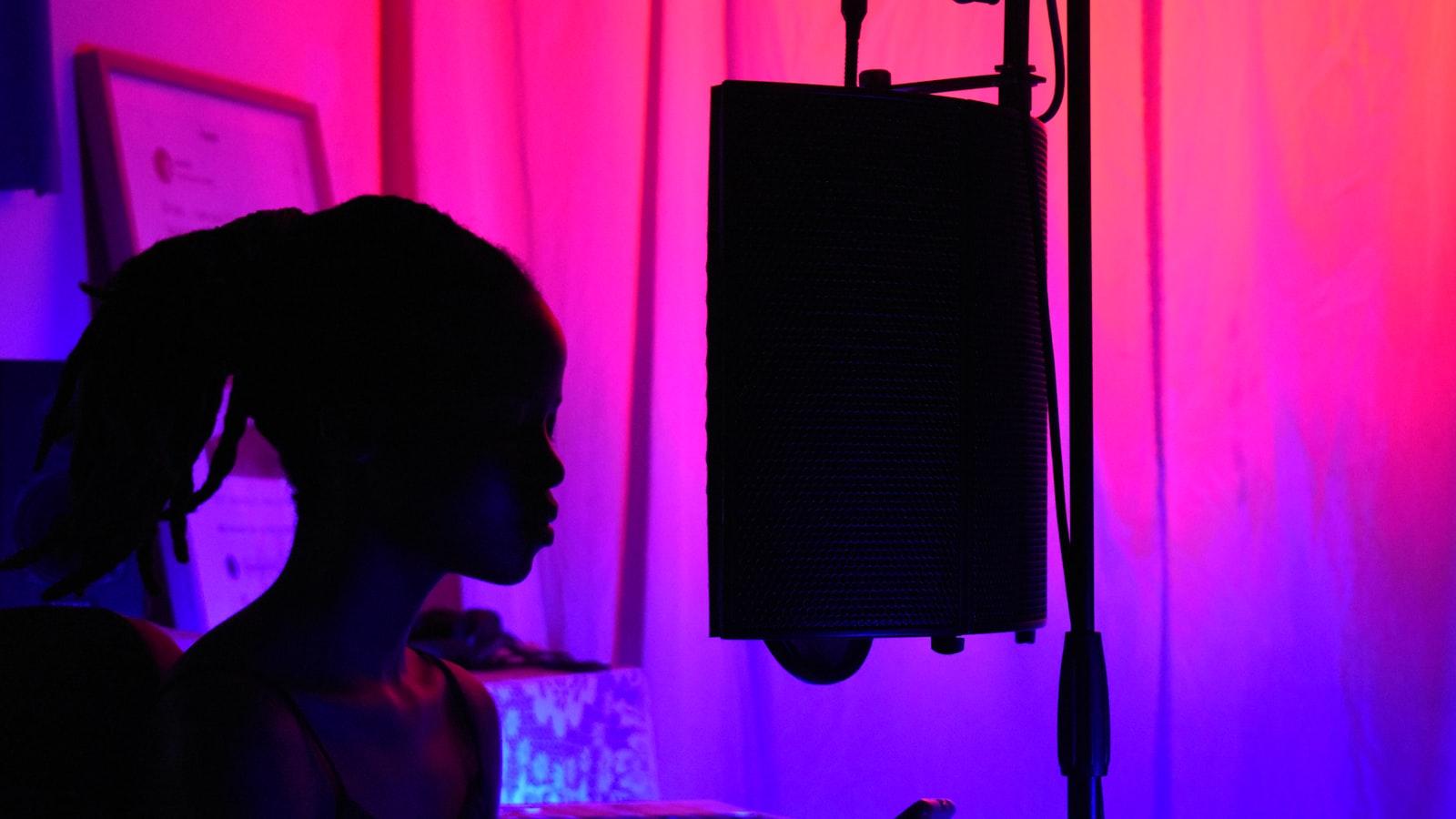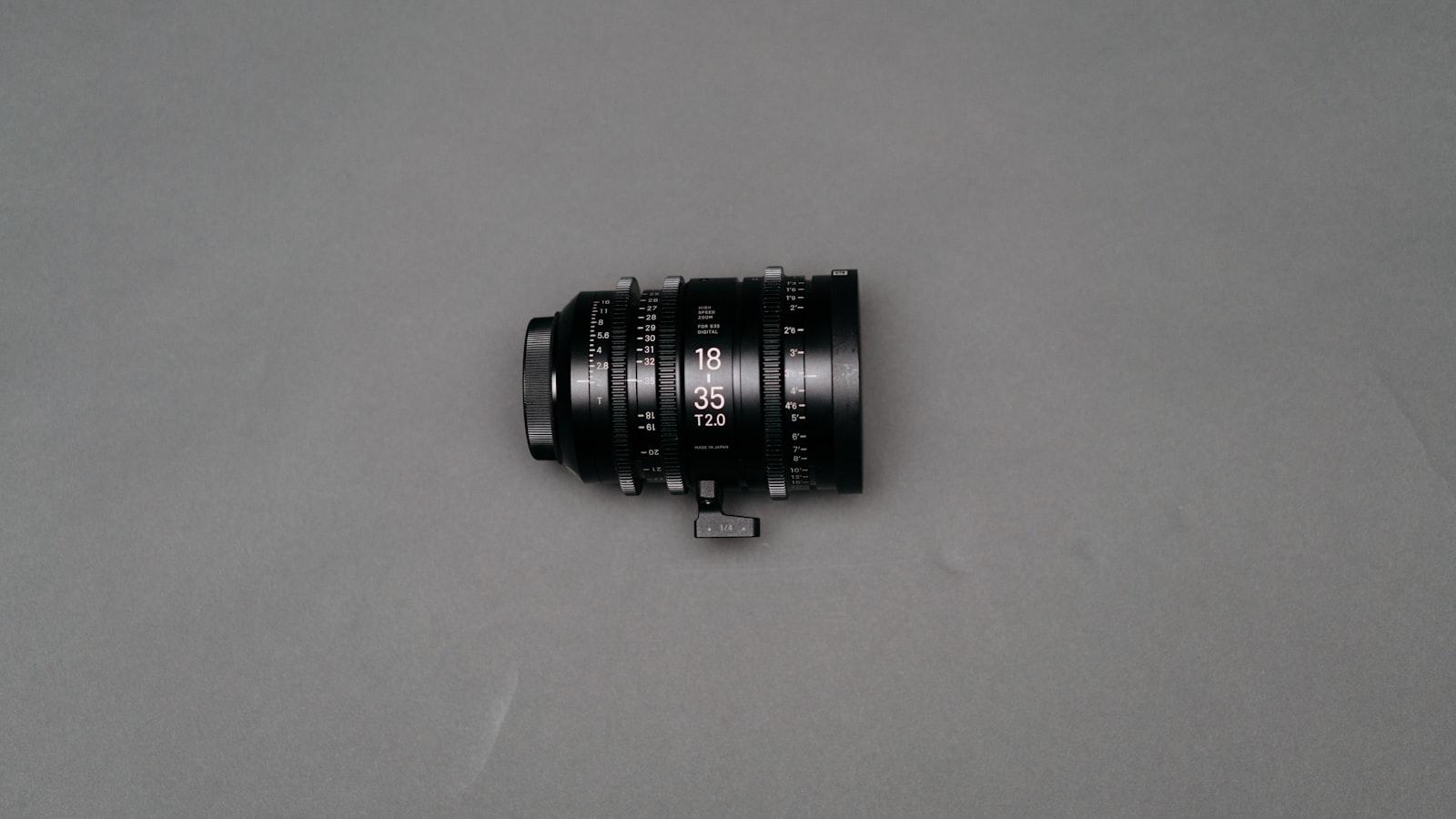In a world where technology continues to advance at an unprecedented pace, the age-old debate between electronic pianos and their traditional counterparts rages on. Many musicians swear by the authentic sound and feel of a real piano, while others embrace the convenience and versatility of electronic keyboards. In this article, we delve deeper into the question of authenticity in music, exploring the intricate details that separate electronic pianos from real pianos. Join us as we unravel the truth behind these musical instruments and uncover which one truly reigns supreme.
Heading 1: Revealing the Sonic Realism: A Close Examination of Electronic Pianos
Introduction: In the world of music, authenticity and realism are crucial elements that define the quality of sound produced by instruments. Electronic pianos have come a long way in replicating the sonic richness of acoustic pianos, but how close do they really come to the real thing? Let’s dive deep into the intricate details of electronic pianos and compare their authenticity to traditional acoustic pianos to unveil the truth behind their sonic realism.
- Sound Quality: One of the most crucial aspects of a piano is its sound quality. Electronic pianos use sampled sounds of acoustic pianos to mimic the tone and timbre of real pianos. While advancements in technology have made electronic pianos sound more realistic than ever before, the nuances and complexities of acoustic pianos still reign supreme in terms of pure sound quality.
- Touch and Feel: Another crucial factor is the touch and feel of the instrument. Acoustic pianos have weighted keys that respond to the player’s touch with varying degrees of resistance, mimicking the feel of playing a real piano. Electronic pianos have improved in this aspect with graded hammer action keys that replicate the feel of a traditional piano, but some players still prefer the tactile experience of an acoustic instrument.
- Portability and Convenience: Electronic pianos have the advantage of being lightweight, portable, and requiring minimal maintenance compared to acoustic pianos. This makes them a popular choice for musicians who need a versatile instrument for performances and practice sessions.

Heading 2: Making an Informed Decision: Recommendations for Choosing Between Electronic and Real Pianos
When faced with the decision of choosing between an electronic piano and a real piano, it’s important to consider several factors to make an informed choice. While electronic pianos offer convenience and versatility, real pianos provide a sense of tradition and authenticity. To help you navigate through this decision-making process, we have compiled a list of recommendations:
- Sound Quality: Real pianos produce a rich, warm sound that is hard to replicate with electronic pianos.
- Touch and Feel: Real pianos have weighted keys and offer a tactile feedback that electronic pianos may lack.
- Portability: Electronic pianos are more lightweight and portable compared to real pianos.
- Maintenance: Real pianos require tuning and maintenance, while electronic pianos are virtually maintenance-free.
| Feature | Real Piano | Electronic Piano |
|---|---|---|
| Sound Quality | Rich, warm tones | Can sound artificial |
| Touch and Feel | Weighted keys, tactile feedback | May lack tactile feedback |
In conclusion, the debate between electronic pianos and real pianos will likely continue for years to come. Both instruments have their own unique characteristics and strengths that cater to different preferences and needs. While some may argue for the authenticity and richness of tone in real pianos, others may appreciate the versatility and convenience of electronic pianos. Ultimately, the choice between the two comes down to personal preference and individual circumstances. Whichever you may prefer, both instruments offer a world of musical possibilities waiting to be explored. So whether you are a dedicated purist or a forward-thinking innovator, the beauty of music lies in the endless journey of discovery and expression.


